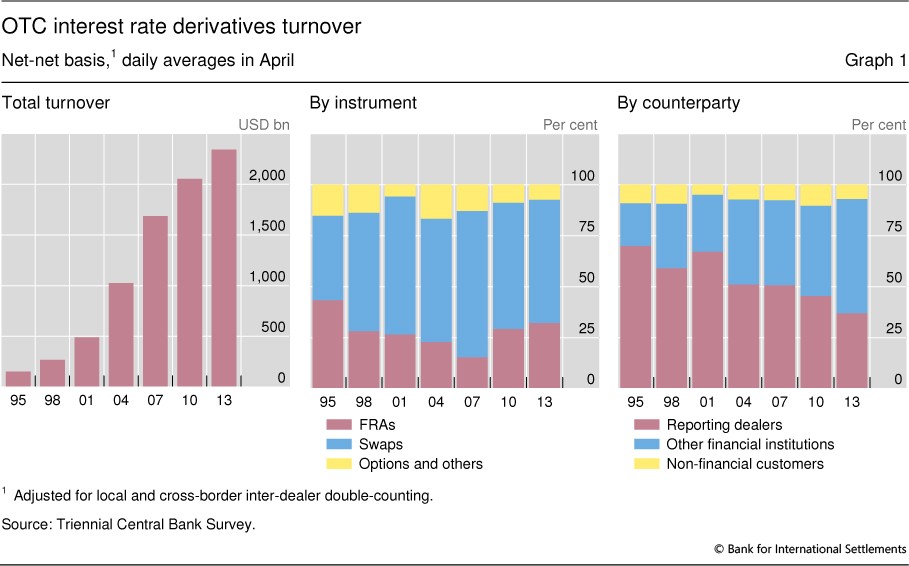OverTheCounter Options Introduction to OTC Derivatives
Post on: 8 Апрель, 2015 No Comment

An Introduction to OTC Derivatives
You can opt-out at any time.
Please refer to our privacy policy for contact information.
Normally, if an investor wants to trade or speculate in options, he or she will peruse the options tables in the newspaper or on their broker ’s website. The various puts and calls for a given security will be shown for different expiration dates, going out as far as a couple of years in the case of LEAPs.
These types of options are listed on an exchange and trade through a clearinghouse. Don’t panic — it sounds advanced but it’s not. Without going into the technical details, what it effectively means is that the performance of your option is guaranteed by the exchange itself. Each participant is charged a fee to help cover potential default, with the odds considered remote. In other words, if you were to buy 10 call contracts giving you the right to buy Coca-Cola at $50.00 per share between now and Friday, January 15th, 2010, you would pay $3.00 per share, or $3,000 total (each call option contract represents 100 shares so 10 contracts x 100 shares x $3.00 per share = $3,000).
If Coke were to go to $60 per share, you could exercise the call options and pocket the profit – in this case, $60.00 sale price — $53.00 cost (consisting of $50.00 for the stock and $3.00 for the option) or $7.00 per share. Thus, a 20% rise in Coca-Cola’s stock resulted in a 133% gain on your options. The option you bought had to be sold by someone, perhaps a conservative investor who was selling covered calls as part of a buy-write transaction. They have to deliver the stock.
What happens if the other person, known as the counterparty, can’t? What if they died? Went bankrupt? That’s where the clearinghouse steps in and fulfills the contract. In essence, each of you was making a deal with the exchange / clearinghouse itself. Thus, there is virtually no counterparty risk.
Over-the-Counter Options for Customized Solutions
How Over-the-Counter Options Differ from Regular Stock Options
In essence, these are private party contracts written to the specifications of each side of the deal. There are no disclosure requirements and you are limited only in your imagination as to what the terms of the over-the-counter options are. In an extreme example, you and I could structure an over-the-counter option that required me to deliver a set number of Troy ounces of pure 24 karat gold based upon the number of whales spotted off the coast of Japan over the next 36 months. Frankly, that would be a very stupid transaction, but you get the idea.
The appeal of over-the-counter options is that you can transact in private and negotiate terms. If you can find someone who doesn’t think your over-the-counter option proposal presents much risk to their side, you can get an absolute steal.
Counterparty Risk in Over-the-Counter Options
This is what is referred to in financial regulatory circles as a “daisy-chain” risk. It only takes a few over-the-counter derivative transactions before it becomes virtually impossible to determine the total exposure an institution would have to a given event or asset. The problem becomes even more complex when you realize that you may be in a position where your firm could be wiped out because one of your counterparty’s had their counterparty default on them, making them insolvent. This is why famed investor Warren Buffett had referred to unchecked derivatives as financial weapons of mass destruction.














